

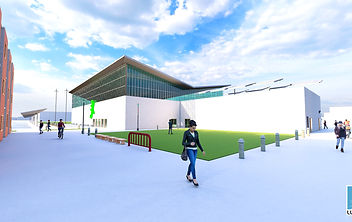
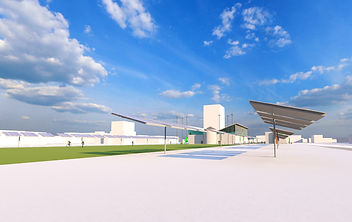
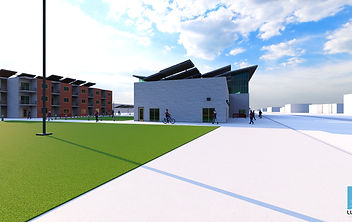
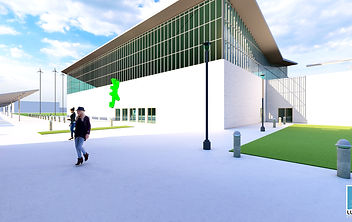
Design Team


Huang (Albie) Hsiang-Wen
-
Year: Junior
-
Major: Community and Regional Planning
Minor: Architecture
and Planning
-
Position: Project Manager (specific on city economy development)
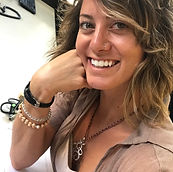
Indy Mitchell
-
Year: Junior
-
Major: Environmental Planning and Design
Focus in Landscape
Architecture
-
Position: Environmental Planner (specific on water solutions)

Jacob San Nicolas
-
Year: Jonior
-
Major: Architecture and Planning
-
Position: Natural Resources (specific on water solutions)

Hannah Montoya
-
Year: Junior
-
Major: Community and Regional Planning
-
Position: Community Development Planner (specific the issue of homelessness)
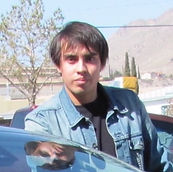
Ivan Robles Ingram
-
Year: Senior
-
Major: Spanish
Minor: Community and Regional Planning
-
Position: Physical Planner (specific on 3D modeling)
Water Issues, Homelessness, and Economic Development in the City of Albuquerque
Project Location: 5110 Central Ave SE (Land Value $1,494,291)
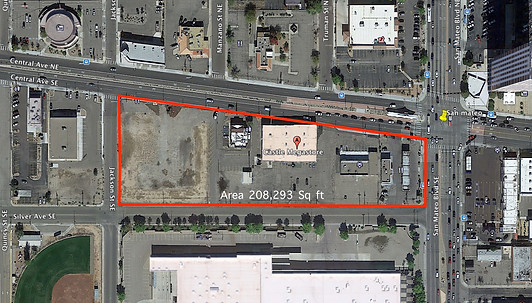
Introduction
Albuquerque is a potential urban city located in the desert area of Southwest America. The city is intersected by two major highways, I-25 and I-40, which makes the city easier to navigate. The city provides many opportunities for investors to participate and develop in plenty of fields such as business, technology, nuclear energy, research, medical science, art & film, architecture, city planning, etc. Its diverse culture and artistic atmosphere attracts people to experience the city with an affordable and unique living experience.
In contrast, residents in Albuquerque are also experiencing the threats of limited natural resources and the safety issues of crime rate and drug abuse all over the city. With the current situation, how can we design our city to make it healthier? How can we impact the city through sustainable and renewable urban planning?
Project Planning and Solution
Our team identifies some of the current major issues in Albuquerque, and specifically targets water usage and homelessness to improve the city’s economic development. In this project, we used the bond money to reconstruct local stores into homeless shelters, build a mixed-use community water contribution center, and turn a parking lot into green space. The planning site is located at the intersection of Central and San Mateo. We calculated the cost and designed a 3D physical site model for this project based on the bond budgets. Our goal is to benefit the community members through physical planning, create a higher quality environment and a safer neighborhood. In the project analysis below, some possible solutions and suggestions are provided in hopes of making Albuquerque a safer and better place to live.
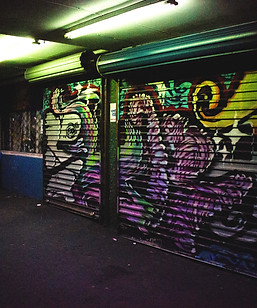
Homelessness
-
In 2017, there was a survey conducted in Albuquerque counting 1,318 homeless men, women and children and this number went up just two years later to 1,524 people.
-
After doing research on homelessness in other countries
-
Japanese government respects their homeless people and hold space for them.
-
Denmark’s government has an available welfare system that is easily accessed.
-
In Switzerland, the government has very good social services in place so that it is accessible as well. They also have very good education systems that are able to educate people without having to put them into debt.
-
-
To implement some of these ideas into Albuquerque it would start with adopting a few programs that are already in place in Albuquerque.
-
Emergency Shelter Grants Program: gives grants to states and organizations in order to help build emergency/transition shelters that provide essential social services and prevents homelessness. Cost: $193,783.
-
Continuum of Care Program: funding to create permanent/transitional housing & supportive services. Cost: $163,211.
-
Health and Social Service Center Kitchens: planning, designing, constructing, equipping, furnishing, and providing security as well as technology upgrades Cost $900,000.
-
For renovations, repairs, security and technology improvements cost: $1,500,000
-
Water
-
Did you know that on average, a person uses 80-100 gallons of water per day?
-
It seems like a high number but if you add up the water running out of the faucet while brushing your teeth, washing your hands, doing your hair, taking a long shower(sometimes twice per day and even more so for a daily bath), flushing the toilet multiple 5+ times, washing your face, cooking, cleaning dishes in the sink, etc… it certainly adds up, doesn’t it?
-
Under-utilized freshwater gets poured down a storm drain every time it rains and we can’t afford that in arid Albuquerque.
-
This redevelopment proposes a rain catchment system on all buildings to help offset this.
-
We want to teach people about the benefits of rain harvesting and how it can be filtered and used within the establishments.

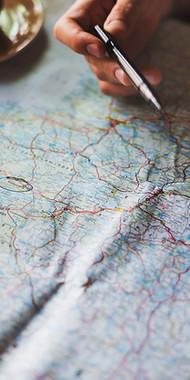
Economic Development In City of Albuquerque
1. Drug Issue
-
The drug issue is one of the direct causes of the rampant homelessness rate within the city of Albuquerque.
-
The opioids cause numerous negative side effects in vital areas of the human body and mental strain issues.
-
Due to the highly addictive nature of opioids, it is easy to continue down a negative path.
-
Drug issue cause government dependence, family destruction, increase crime rate, as well as the health and safety issues.
-
2. Create Opportunity for employment
-
Collaborate and develop partnerships between school, community, and local businesses.
-
The Albuquerque metro area has a pipeline of more than 60,000 college students that need to be retained to increase the workforce.
-
The benefit of creating employment opportunity from partnerships:
-
Create inclusive environments
-
Connect current education to reality application
-
•Attract people to attend higher education
-
3. Create Opportunity for employment
-
Opening local business and tourism industry should be covered under government subsidization.
-
Establish tourist attractions that are accessible by public transportation
-
Increase information exposure to big local events, city plans, and various activities.
-
Improve communication and connection between the planners and immediate communities.
Physical Planning Design Theory
The project is located at the intersection of Central and San Mateo. It consists of the rehabilitation of an existing building into two homeless shelters, a Water Contribution Center, and green spaces with several solar panels. The water contribution center is not only for collecting water but also to provide a community center that includes an administration office, a cafeteria, a medical facility, and an art gallery. The water contribution center also offers a program that is accessible to the homeless to acquire essential job skills.
The solar panels are located along the sidewalks to provide shade and shelter from the elements as well as a charging device.There are also windmills with a height of 60 feet for extra energy collection to provide green energy. The design is to provide insight for people to know how the energy is created, stored and used. The green space has several parks meant to be a social space open to the entire neighborhood. It also includes parking lots for the off-street parking. This project will help improve the homeless issue on Central and provide a better community lifestyle. Physical Planning Design Theory:

To read more details about this project development, please visit the file below: